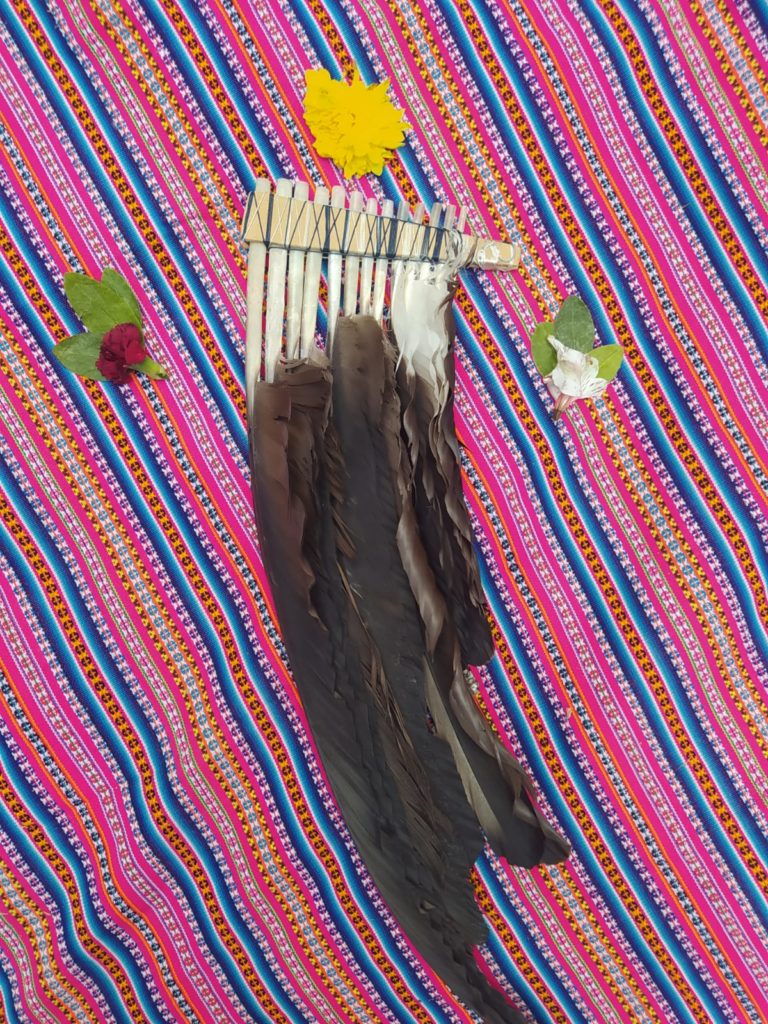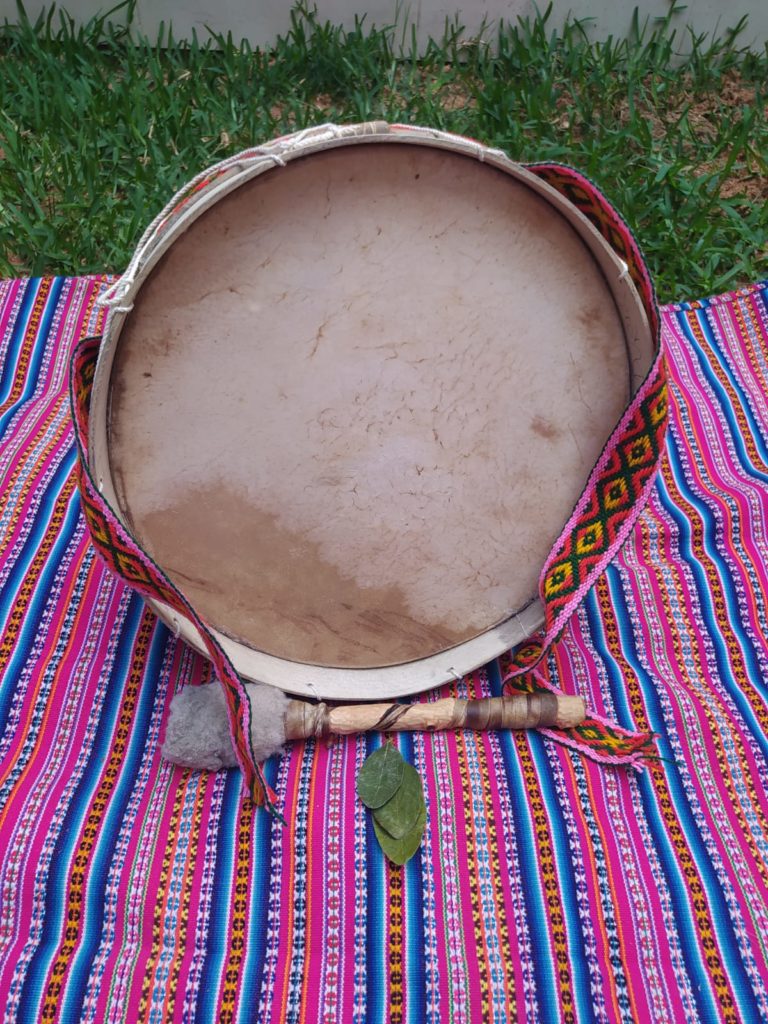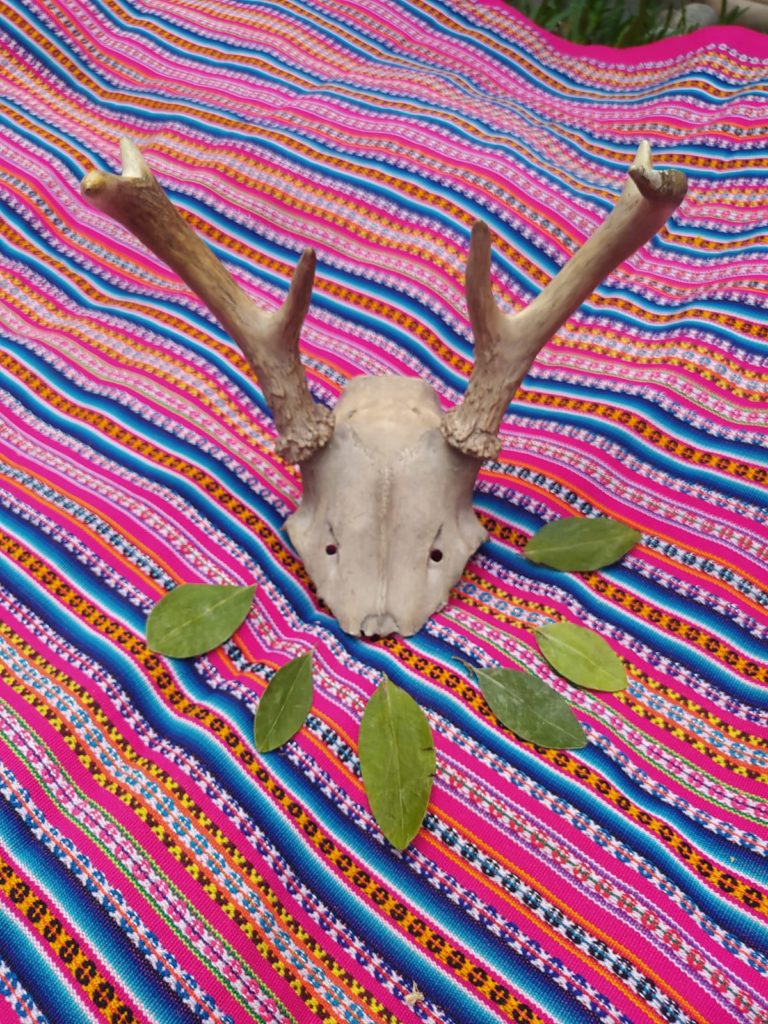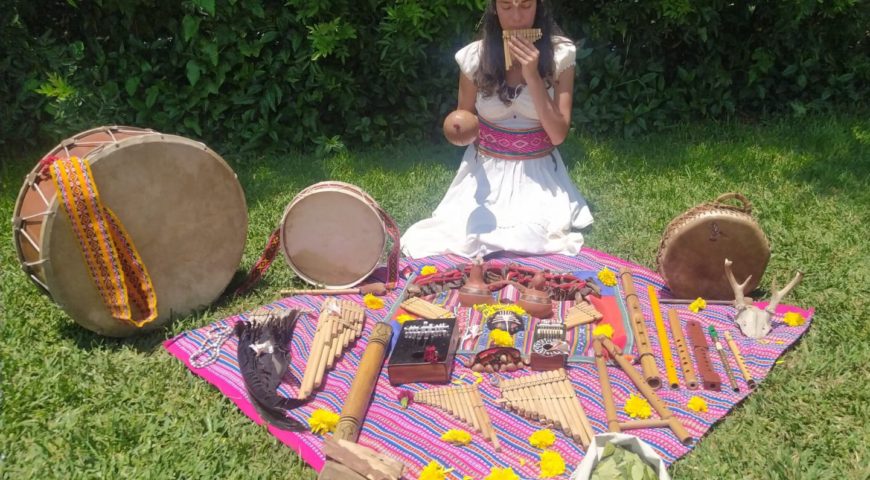
Ancestral Inca Sound Healing
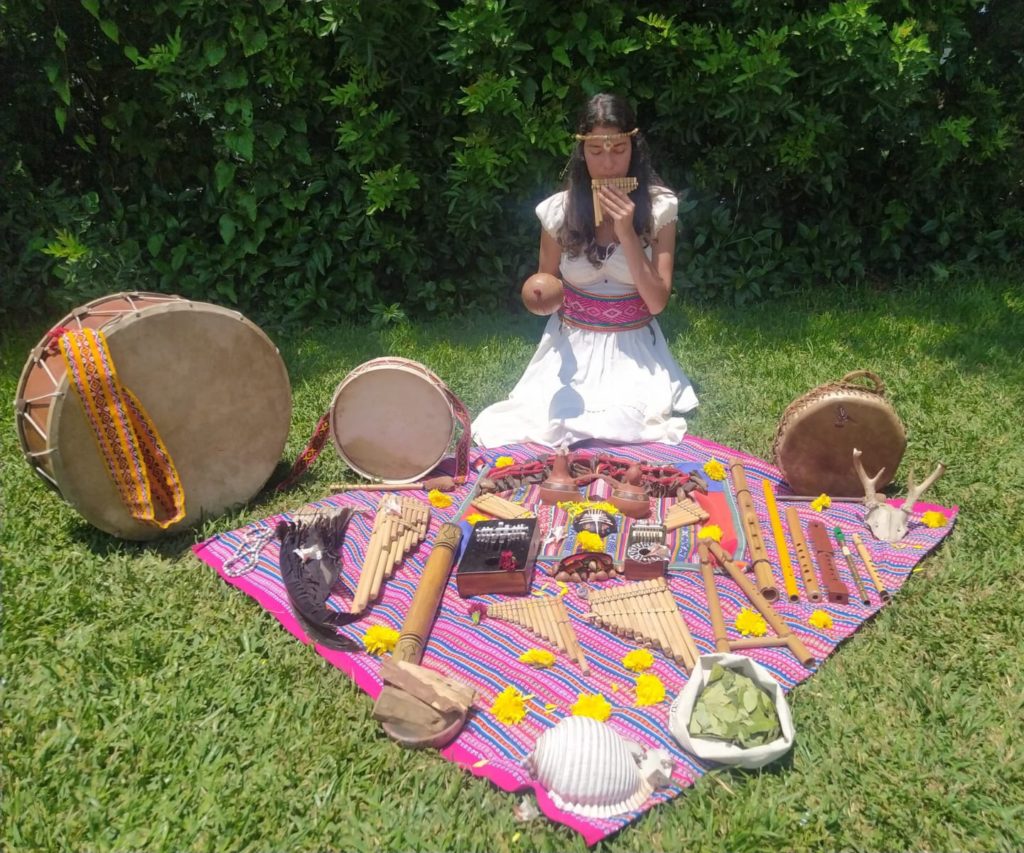
Inca music was linked to healing since ancient times, Inca Music was made up of 5 musical notes, and was divided into these groups: loving, warrior, funeral, spiritual and agricultural. The Incas had various wind and percussion musical instruments. The compass was also marked with silver bells or clusters of seeds that were tied to the legs of the dancers. In the Moche culture, the great lords or the gods used large gold rattles tied to their waists, like those of the Lord of Sipán. Between many parties and on certain festivities or celebrations they blew on the dry heads of deer as if they were flutes and marked with them the steps of the dancers. In religious festivals, singing and dancing were not only the privilege of the priests. It was the entire people who expressed their faith through the sacred Hailly, revering their gods at festivals such as the Inti raymi or the Kusi Raymi festival, asking for or thanking the greenery of the cornfields, the rains and the good harvests. Inca music was linked to the wind, this energy that made the spirits dance and united the being with the cosmos.
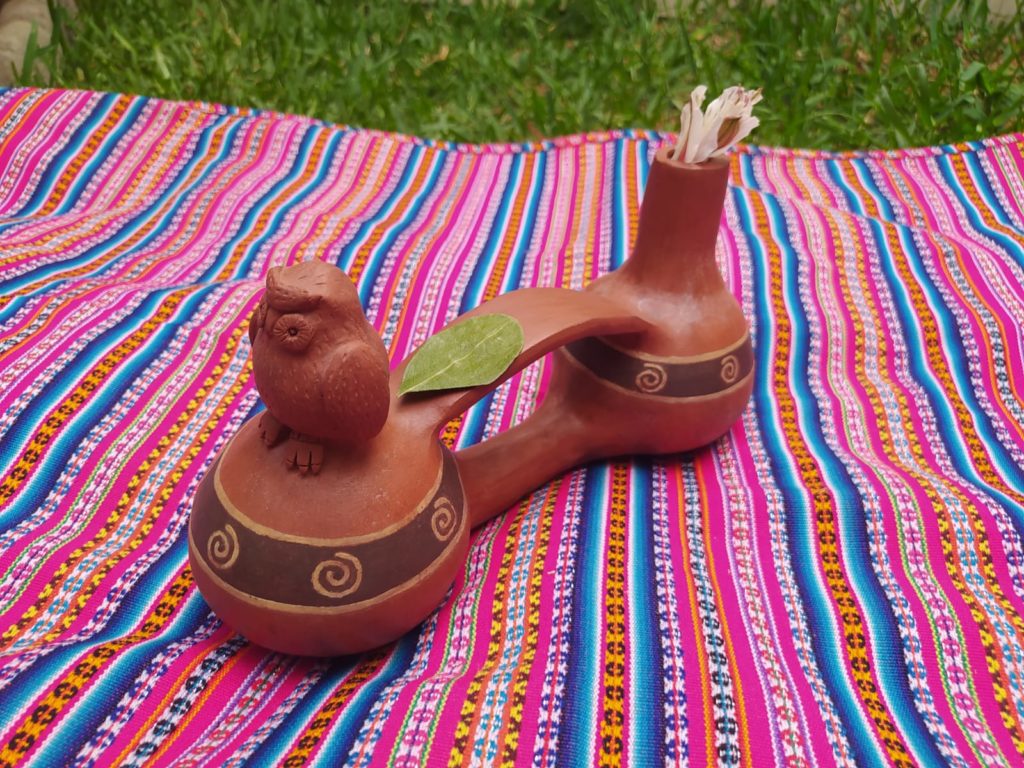
ANCESTRAL INCA SOUND HEALING Since ancient times, music has been present in offerings and thanks to the spirits of Nature and the ancestors, that is why the sound aesthetic is mantric and seeks to generate alternate states of consciousness, these sonorities have been collected from nature and are offered in return. Music is also a medicine that passes through the body and reaches the spirit. There is a characteristic sonority of ancestral music called "t'ara" sound which means "Siamese or twin", it represents duality. This sound appears when two notes are practically the same but the slightest difference between them generates a third sound that is an intense flutter or vibration that penetrates the head and ears, this sensation can lead to alternate states of consciousness of connection with one's own Spirit and the Cosmos The "t'ara" sound is widely used in pre-Hispanic instruments such as ocarinas, and in quenas currently played in highland communities during carnival times. During this session we seek to connect the being with the cosmos to align our energy points, to cleanse, heal and be reborn in our very being. Each sound awakens a memory in our cells, reharmonizes our body/temple and allows us to connect with our spirit, shows us our virtues and also what needs to be healed. Our spirit prepares to cross the channel towards the reunion with the wisdom of the ancestors and their connection with the Cosmos, wisdom that we all carry inside because it is found in our DNA and the sound world is a beautiful vehicle. For this, you only need a contemplative, meditative attitude, without judgment or expectation, and the willingness to embark on a journey inward, with trust and gratitude. These are the ancestral sounds that we will use:
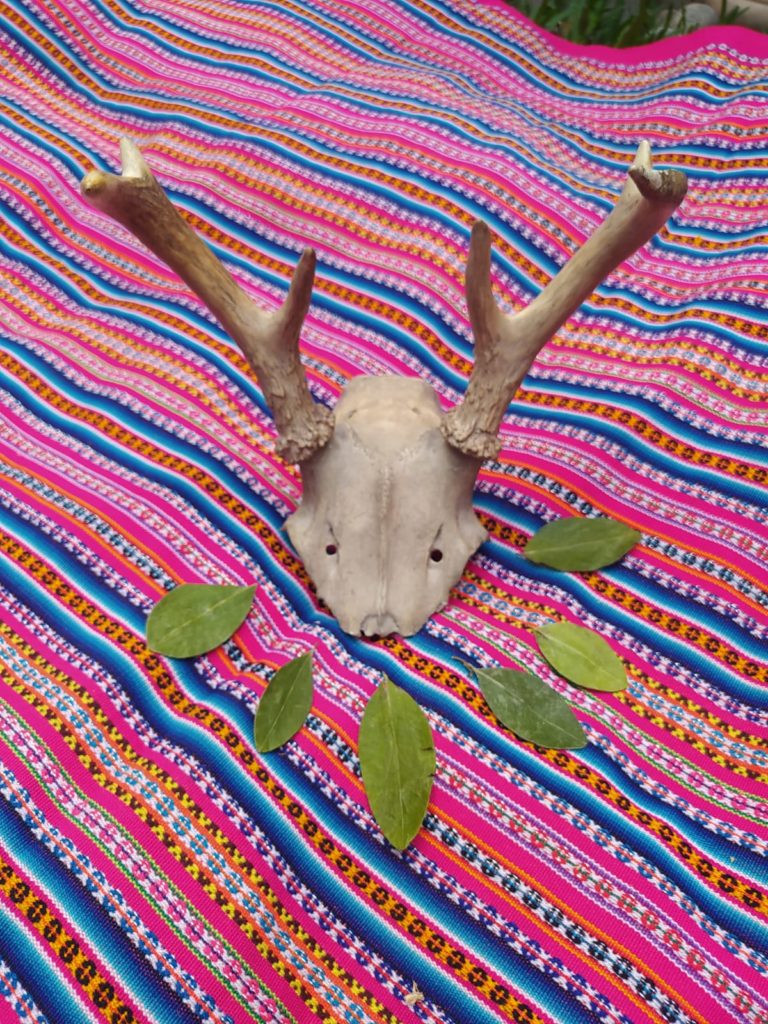
The Whistling Vessel Instrument from the Vicus and Mochica cultures, they have also been found in pre-Hispanic Mexico. It is an instrument that integrates the 4 sacred elements of life, Earth in its material since it is made of clay, Fire in its elaboration and Water and Air merge to achieve the sharp sound that it reproduces. The Antara of Condor Feathers The antara is one of the first instruments found in pre-Hispanic cultures, its sounds converse with the birds of the sky. The sacred condor is the messenger between heaven and earth, it represents the soul and the search for the return to the beginning, the Hanan Pacha. The Wawko It is an instrument found in Chinchaysuyo, drawn in the records of the chronicler Huamán Poma de Ayala. It consists of a serf skull finely converted into an aerophone, its sound is deep since it comes from the Uku Pacha, the world of ancestors and seeds (mallkis). Tinya and Wankara This instrument represents the heart, the pulse of life. It is the support and the connection with the Kay Pacha, the here and now, the presence. The materials with which he builds vary according to the human group, but in general they are made from native trees and animal hides. They accompany the wind instruments and singing.

